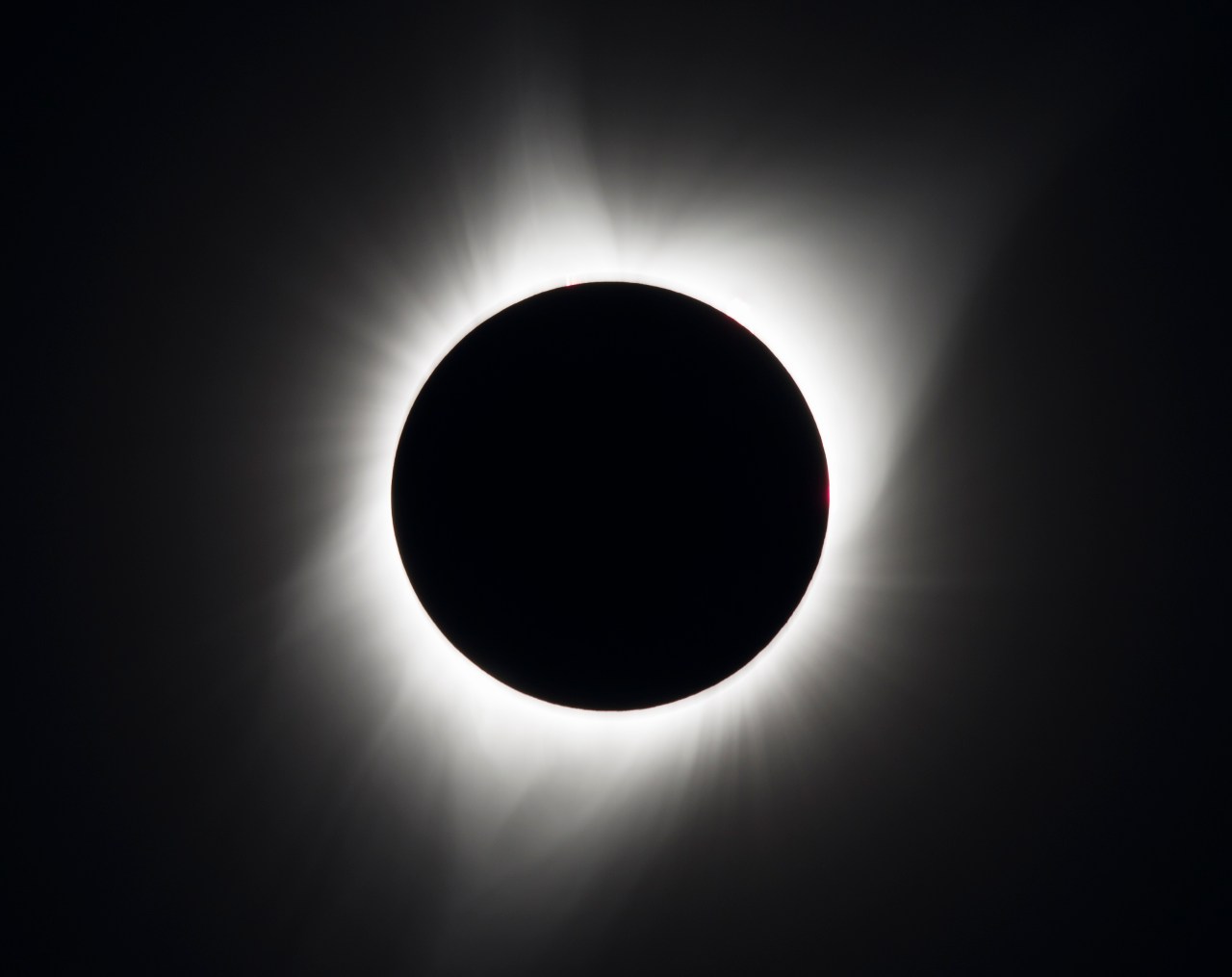ADVERTISEMENT
Solar eclipses are a fascinating astronomical phenomenon that captures the attention of people around the world. There are two types of solar eclipses: total and partial. While both types involve the Moon passing between the Earth and the Sun, they differ in terms of the amount of sunlight blocked and the resulting effects on the Earth’s environment. In this article, we will explore the differences between total and partial solar eclipses in detail, providing a comprehensive understanding of these celestial events.
Total Solar Eclipse
A total solar eclipse occurs when the Moon completely covers the face of the Sun, creating a temporary darkness in the sky. This phenomenon can only be observed from within a narrow path of totality, which is typically around 15,000 km (9000 miles) long but only about 150 km (90 miles) wide. The duration of totality can range from a few seconds to 7.5 minutes, with the longest total solar eclipse of the 21st century lasting 6 minutes and 39 seconds.

A total solar eclipse is seen on Monday, August 21, 2017 above Madras, Oregon.
Credit: NASA/Aubrey Gemignani
During a total solar eclipse, the Moon completely blocks the Sun’s light, causing a noticeable drop in temperature, a decrease in daylight, and the appearance of stars and planets during the day. The sky takes on a surreal, twilight-like quality, and the landscape is bathed in a dim, eerie light. This unique experience is a rare opportunity for students to observe the universe in a way that is not typically possible.
Partial Solar Eclipse
A partial solar eclipse occurs when the Moon passes in front of the Sun, but it does not completely cover it. In this case, only a portion of the Sun is blocked, resulting in a partial reduction of sunlight. The extent of the eclipse depends on the Moon’s position relative to the observer’s location on Earth.

This partial solar eclipse was seen from Northern Cascades National Park in Washington on Aug. 21, 2017.
Credit: NASA/Bill Ingalls
During a partial solar eclipse, the sky does not become as dark as it does during a total solar eclipse. However, the Sun’s brightness is still reduced, and students may notice a slight decrease in daylight and a change in the color of the sky. The Moon’s path across the Sun’s surface creates a crescent-shaped shadow, which can be observed with the naked eye or through specialized solar viewing glasses.
Conclusion
In summary, the main difference between a total solar eclipse and a partial solar eclipse lies in the amount of sunlight blocked by the Moon. A total solar eclipse involves the complete blocking of the Sun’s light, resulting in a temporary darkness and a unique astronomical experience. In contrast, a partial solar eclipse only partially blocks the Sun’s light, causing a slight reduction in daylight and a change in the sky’s appearance.
Understanding these differences is crucial for students interested in astronomy, as it allows them to appreciate the unique characteristics of these celestial events and to better understand the complex interactions between the Earth, Moon, and Sun. By studying solar eclipses, students can gain a deeper appreciation for the wonders of the universe and the role that these celestial bodies play in shaping our planet’s environment.
ADVERTISEMENT
